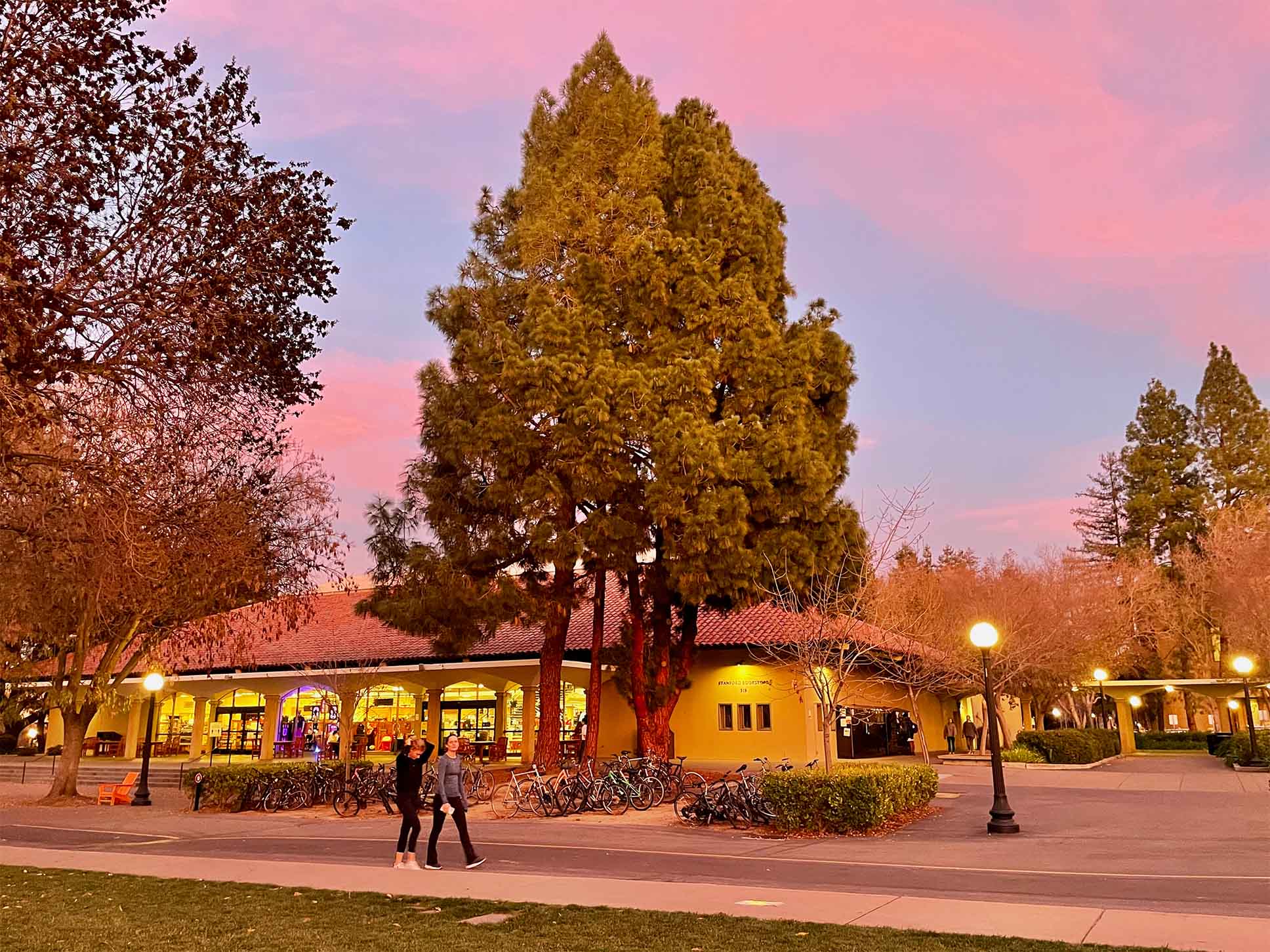Pinus canariensis
 Canary Island pine
Canary Island pine
Needles in bundles of three, and up to a foot long, give a graceful appearance to this popular and handsome pine. The branches are arranged in fairly regular tiers, which may be up to several feet apart, and in an open location the lower branches will be retained. In its native habitat, Canary Island pine produces strong, dense heartwood (it sinks in water), which is much stronger and more durable than that of most pines; for this reason plantations have been established for timber production in many countries with suitable climates. However, in California it is grown for ornament. The bark has attractive color contrasts due to furrows of yellow ochre between dark ridges. The cones are up to 8 inches long.
A group planted in 1960 may be seen at the Post Office and alongside the Law School. Six 40-footers were spirited away before dawn from Lomita Mall near the southwest corner of the Main Quad in connection with a relandscaping in 2001. Several are distributed in White Plaza, and others around buildings 651 and 655 on Serra Street.
Name derivation: Pinus – the Latin name; canariensis – from the Canary Islands.
About this Entry: The main text of this entry is from the book Trees of Stanford and Environs, by Ronald Bracewell, published 2005.




